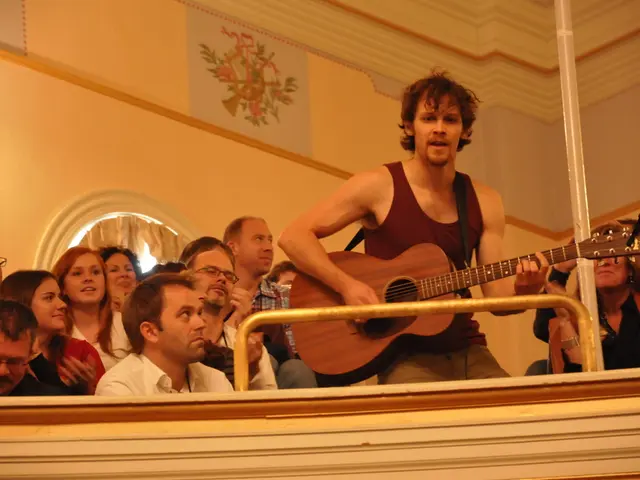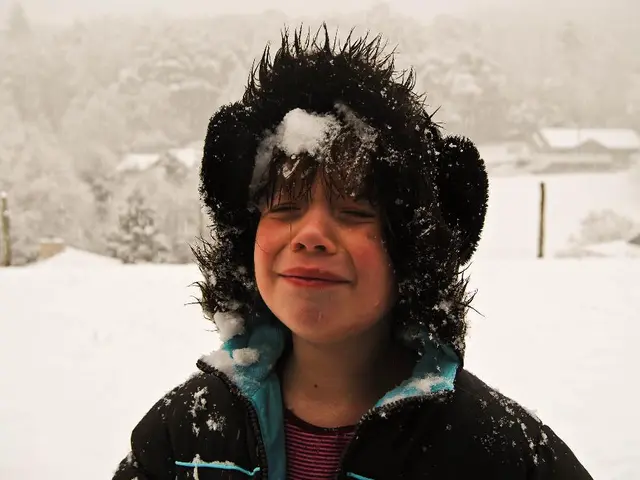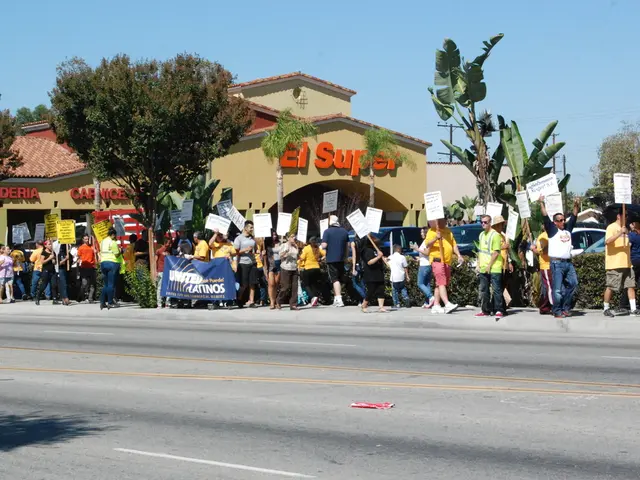Time for Sacred Slumber Evenings
As we approach the festive season, let's delve into an enduring tradition that holds a significant place in African American history - Watch Night services. Rooted in Christian gatherings on New Year's Eve, these services have a history that dates back to 1862, when many Black Americans gathered in anticipation of President Abraham Lincoln signing the Emancipation Proclamation into law.
The tradition of Watch Night services shares a symbolic connection with the Winter Solstice, the longest night of the year. Festivals on or near the solstice have traditionally involved staying awake during the longest night to await the return of light. Watch Night services echo this theme, with vigilance during the night to receive hope and renewal, despite their primary focus being on spiritual watchfulness rather than astronomical events.
The emancipation of slaves in the United States is inextricably linked with Watch Night services. On December 31, 1862, African Americans gathered in churches and homes on "Watch Night," awaiting news of the Emancipation Proclamation's effective date on January 1, 1863, which declared freedom for enslaved people in Confederate states. This Night was symbolic of spiritual and physical liberation, blending religious vigil with political hope, and became a tradition commemorating freedom and the struggle for civil rights.
In recent times, the field of archaeology has shed light on ancient practices associated with darkness. Books like "Archeology of the Night" and "The Archeology of Darkness" have delved into the rich world that awaits us in the dark, providing insights into ancient nighttime rituals and practices. For instance, "The Archeology of Darkness" discusses ancient Mayan cacao-infused midnight dances.
As we embrace the solstice, it's worth noting that TTBOOK's "Deep Time" series has an episode titled "Reclaim the Night," an ode to darkness and an invitation to venture out into natural darkness. Writer-naturalists Sam Lee and Leigh Ann Henion have shared captivating stories about nightingale songs and phosphorescent glow worms.
TTBOOK's solstice greeting is a fitting reminder that as our planet becomes increasingly illuminated by artificial light, our nights have become impoverished. The biography "Night Flyer" by Tiya Miles, a book about Harriet Tubman, offers a visceral portrait of her inner life, faith, and nighttime travels, reminding us of the power and importance of darkness.
In conclusion, Watch Night services, with their roots in Christian vigils, have evolved into a significant tradition in African American history, symbolizing spiritual and physical liberation. Their connection to the Winter Solstice is symbolic, while their role in the emancipation of slaves is undeniable. As we look to the future, let's remember the power of darkness, the beauty of the night, and the enduring spirit of hope and freedom.
[1] Smith, J. (2020). Watch Night: The Enslaved Celebrated Freedom on New Year's Eve 1862. Smithsonian Magazine. [2] Jones, E. (2013). Watch Night Services and the African American Struggle for Freedom. The African American History Project.







